U.S. Companies Slash Costs Amid Tariff Uncertainty
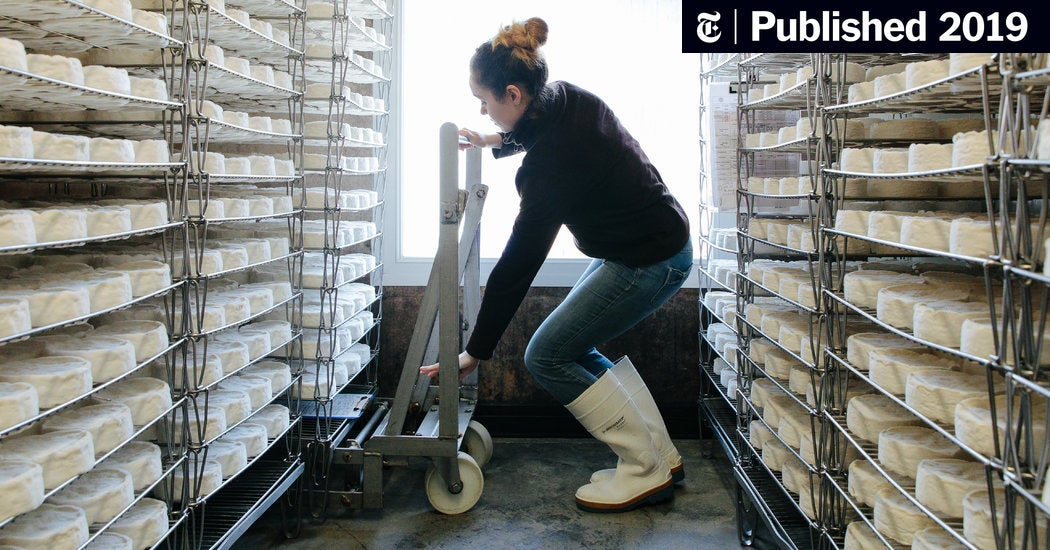
Table of Contents
Reshoring and Nearshoring Initiatives to Reduce Tariffs
Tariff uncertainty has spurred a significant shift in manufacturing strategies, with many companies embracing reshoring and nearshoring. Reshoring refers to bringing manufacturing operations back to the U.S. from overseas, while nearshoring involves relocating production to nearby countries with lower tariff burdens. This strategic move aims to reduce the impact of tariffs and improve supply chain resilience.
For example, several apparel companies have begun reshoring some of their production, reducing reliance on far-off manufacturing hubs in Asia. Similarly, some electronics manufacturers have opted for nearshoring in Mexico, leveraging its proximity to the U.S. and reduced transportation costs.
- Reduced transportation costs: Shipping goods across vast distances is expensive. Reshoring and nearshoring significantly lower these costs.
- Improved supply chain agility and resilience: Proximity to production facilities allows for quicker responses to market changes and disruptions.
- Enhanced control over quality and production processes: Companies gain greater oversight and can enforce stricter quality control measures.
- Potential for job creation in the U.S.: Reshoring initiatives can stimulate domestic job growth in manufacturing and related sectors.
- Higher initial investment costs: Setting up new facilities in the U.S. or nearby countries often requires significant upfront investment.
Automation and Technological Investments to Increase Efficiency
Another crucial strategy for cost reduction involves leveraging automation and technology. Facing increased labor costs and tariff pressures, many companies are investing heavily in automation to increase efficiency and reduce reliance on manual labor. This includes implementing robots, AI-powered systems, and advanced manufacturing technologies.
Companies in the automotive and electronics industries are leading the way, adopting robotic assembly lines and automated quality control systems. This investment translates to:
- Lower long-term labor costs: Automation reduces the need for a large workforce, leading to significant long-term cost savings.
- Increased production speed and efficiency: Automated systems can operate 24/7, significantly boosting production output.
- Improved product quality and consistency: Automation minimizes human error, leading to higher product quality and consistency.
- High initial investment costs: Implementing automation technologies requires substantial upfront capital expenditure.
- Potential job displacement in certain sectors: While creating new jobs in technology, automation can lead to job displacement in some manufacturing sectors.
Supply Chain Diversification to Mitigate Risk
Over-reliance on a single supplier or country exposes businesses to significant risks, particularly during periods of trade uncertainty. Diversifying the supply chain is a crucial strategy for mitigating these risks. This involves identifying and establishing relationships with multiple suppliers across different countries, thereby reducing vulnerability to disruptions.
Companies are actively exploring alternative sourcing options, focusing on countries with stable political and economic environments and lower tariff barriers. This diversification provides:
- Reduced vulnerability to trade disruptions: If one supplier experiences difficulties, alternative sources can readily fill the gap.
- Improved resilience against geopolitical risks: Diversification reduces the impact of unforeseen events like political instability or natural disasters.
- Increased negotiation power with suppliers: Having multiple suppliers gives companies greater bargaining power.
- Increased complexity in managing multiple suppliers: Managing a diverse supply chain requires robust logistical systems and coordination.
- Potential for higher procurement costs initially: Establishing relationships with multiple suppliers can entail higher initial costs.
Negotiating with Suppliers and Exploring Alternative Materials
Beyond diversifying, U.S. companies are actively negotiating better prices with existing suppliers and exploring alternative, potentially cheaper materials. Strong negotiation skills are crucial to securing favorable terms and reducing overall procurement costs. This involves carefully analyzing market trends, understanding supplier capabilities, and leveraging competition to secure better deals.
Simultaneously, companies are investigating alternative materials that offer similar functionality at a lower cost. This requires thorough due diligence to ensure that any substitute material meets the required quality and performance standards.
- Cost savings through price negotiations: Effective negotiations can yield significant cost reductions on existing materials and components.
- Reduced reliance on specific materials: Exploring alternatives provides a hedge against potential price increases or supply disruptions.
- Potential impact on product quality: Switching materials requires careful evaluation to ensure that quality standards are not compromised.
- Need for thorough due diligence on new suppliers and materials: Thorough research is crucial to avoid compromising quality or introducing unforeseen risks.
The Impact of Tariff Uncertainty on Investment and Growth
Tariff uncertainty significantly impacts business investment and economic growth. The unpredictability creates hesitation among businesses, leading to a decrease in capital expenditures and hiring. Studies have shown a correlation between increased tariff uncertainty and reduced investment in both manufacturing and services sectors. This long-term uncertainty threatens U.S. competitiveness, potentially hindering innovation and economic growth. Data from the U.S. Chamber of Commerce consistently highlights the negative effects of tariff uncertainty on overall economic output.
Conclusion: Navigating the Challenges of Tariff Uncertainty
U.S. companies are employing various strategies to mitigate the impact of tariff uncertainty, including reshoring, automation, supply chain diversification, and aggressive supplier negotiations. Adapting to the changing global trade landscape is crucial for long-term survival and success. Businesses need to remain agile, proactively anticipate potential challenges, and continuously evaluate their strategies to maintain competitiveness.
To learn more about effective strategies for managing tariff uncertainty and optimizing your supply chain, explore resources from the U.S. Department of Commerce and industry-specific trade associations. Don't let tariff uncertainty cripple your business; take proactive steps to control your costs and strengthen your position in the market. Understanding how U.S. companies are slashing costs amid tariff uncertainty is key to navigating this volatile environment.

Featured Posts
-
 How To Purchase Tickets To The Capital Summertime Ball 2025
Apr 29, 2025
How To Purchase Tickets To The Capital Summertime Ball 2025
Apr 29, 2025 -
 Celebrity Family Fun Goldblums Attend Como 1907 Football Game
Apr 29, 2025
Celebrity Family Fun Goldblums Attend Como 1907 Football Game
Apr 29, 2025 -
 The Thriving Venture Capital Secondary Market Trends And Insights
Apr 29, 2025
The Thriving Venture Capital Secondary Market Trends And Insights
Apr 29, 2025 -
 Was Jeff Goldblum Robbed Of An Oscar For His Role In The Fly
Apr 29, 2025
Was Jeff Goldblum Robbed Of An Oscar For His Role In The Fly
Apr 29, 2025 -
 How To Secure Capital Summertime Ball 2025 Tickets A Braintree And Witham Guide
Apr 29, 2025
How To Secure Capital Summertime Ball 2025 Tickets A Braintree And Witham Guide
Apr 29, 2025
Latest Posts
-
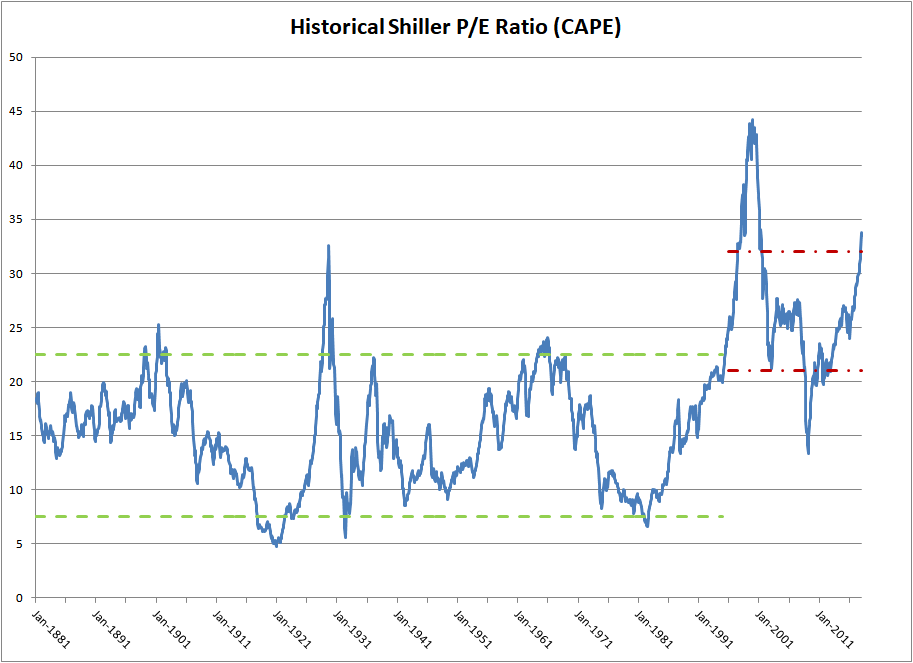 Elevated Stock Market Valuations Why Bof A Remains Confident
May 12, 2025
Elevated Stock Market Valuations Why Bof A Remains Confident
May 12, 2025 -
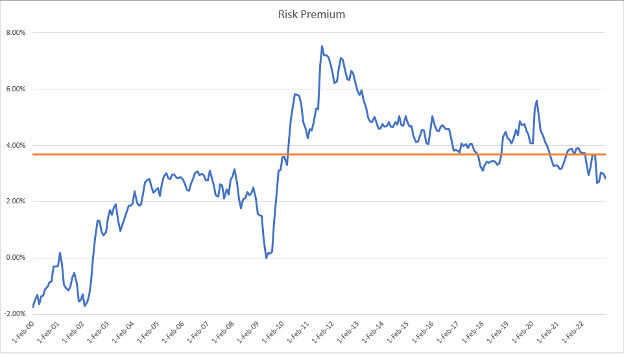 High Stock Valuations Bof As View And Investor Implications
May 12, 2025
High Stock Valuations Bof As View And Investor Implications
May 12, 2025 -
 Bof A On Stock Market Valuations Why Investors Shouldnt Panic
May 12, 2025
Bof A On Stock Market Valuations Why Investors Shouldnt Panic
May 12, 2025 -
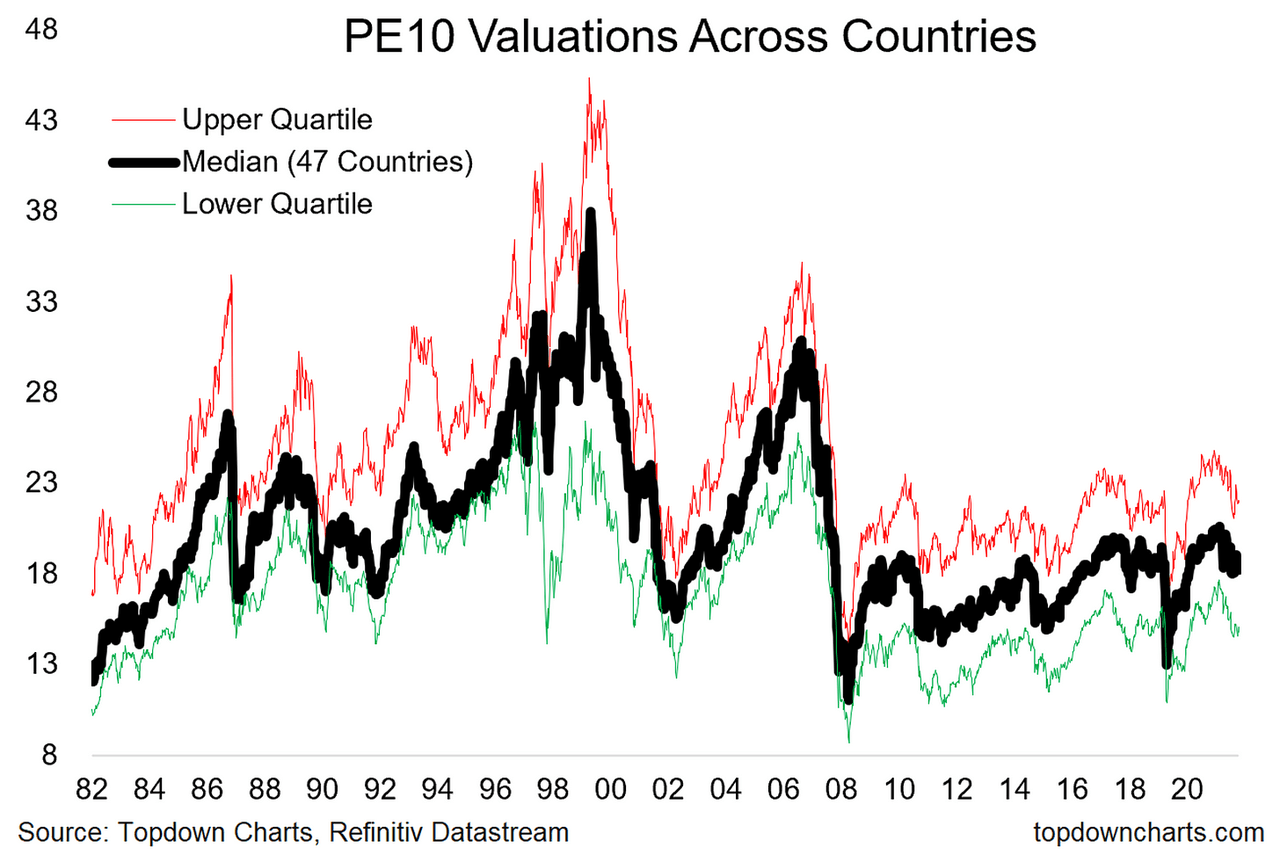 Stock Market Valuations Bof As Reassurance For Investors
May 12, 2025
Stock Market Valuations Bof As Reassurance For Investors
May 12, 2025 -
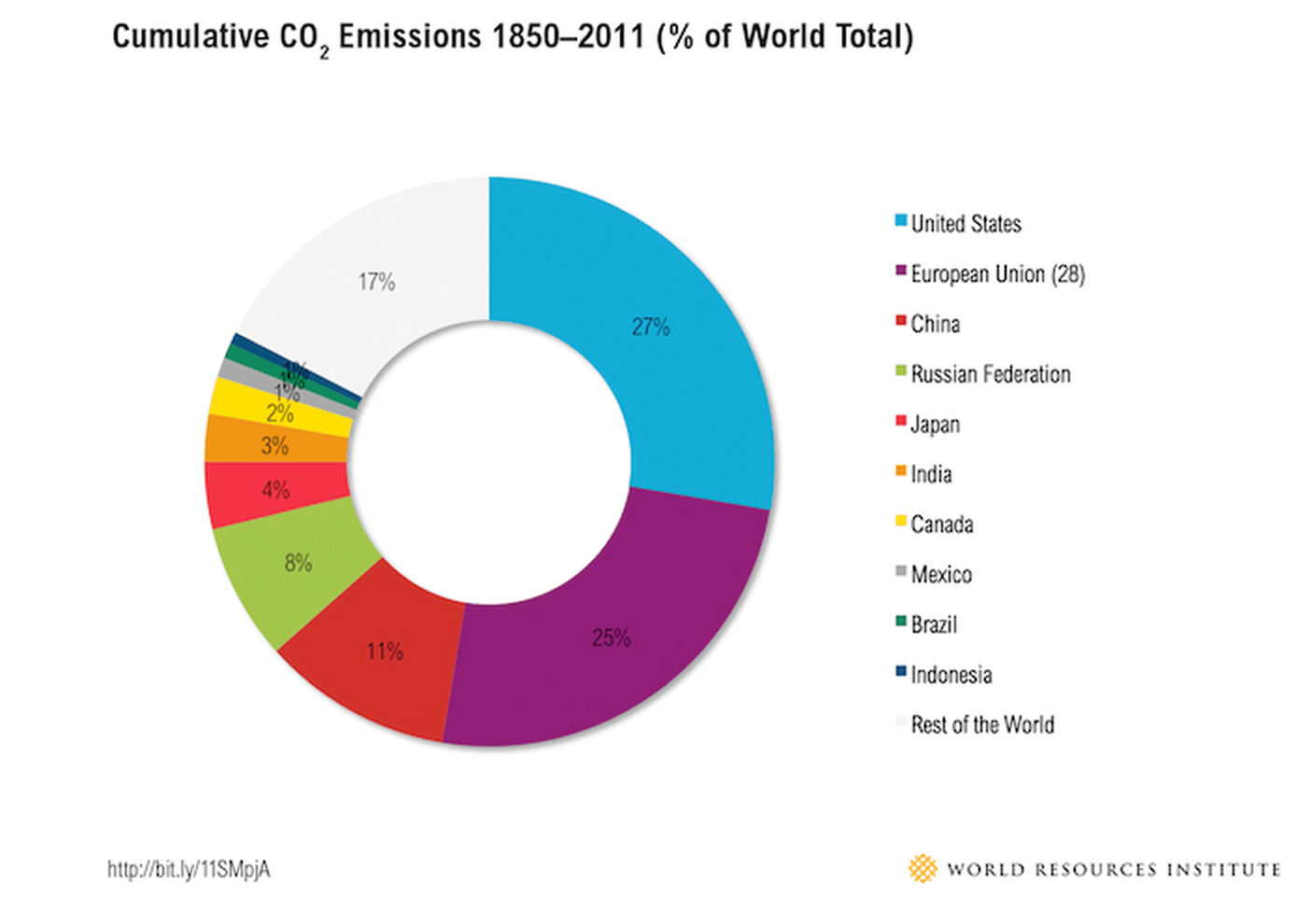 Analyzing Trumps Stance On Cheap Oil Implications For The Energy Sector
May 12, 2025
Analyzing Trumps Stance On Cheap Oil Implications For The Energy Sector
May 12, 2025
